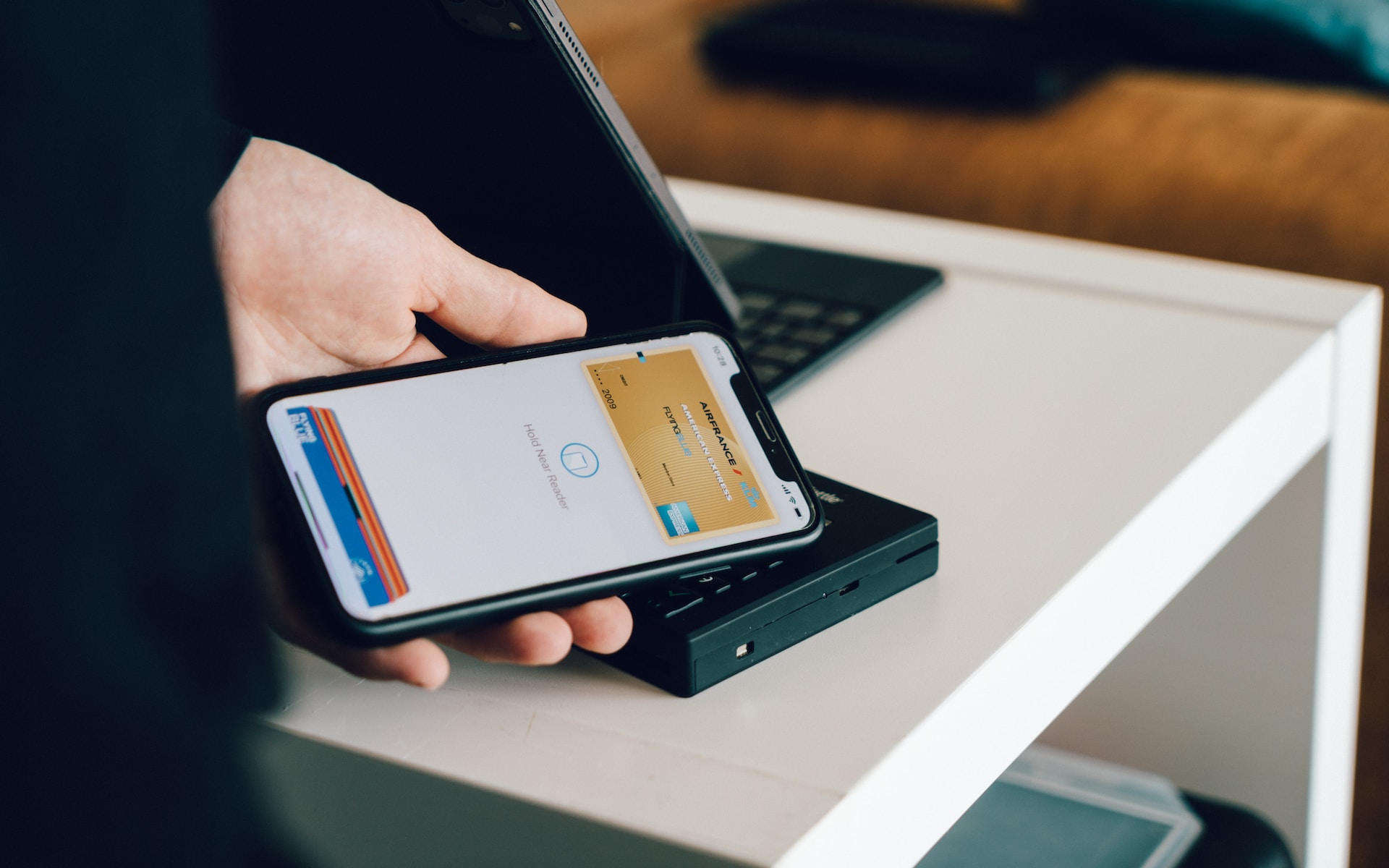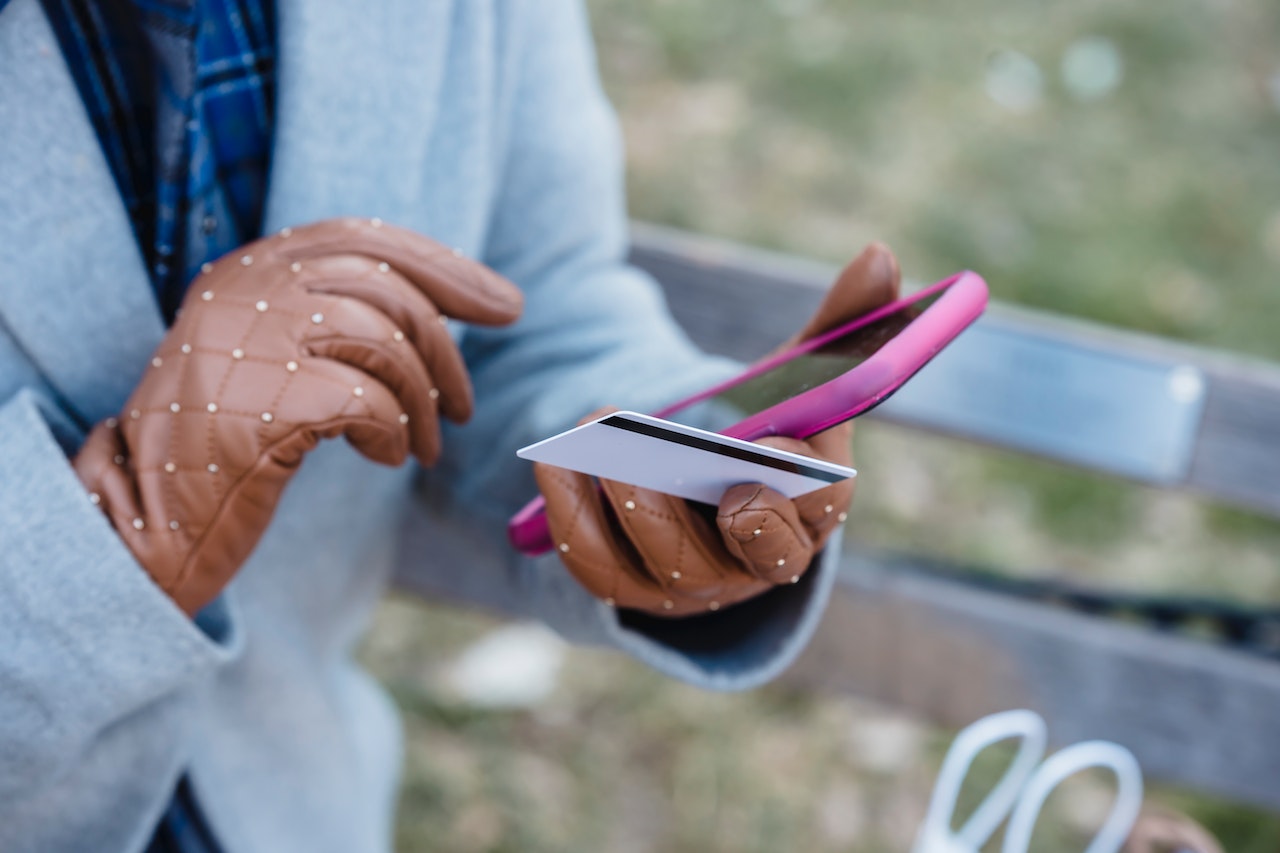Payment Apps - Convenient But Don’t Treat Them Like Banks
Mobile payment apps have revolutionized the way we handle our finances, offering unparalleled convenience and simplicity. Still, remember that they are not banks and should not be treated as such. Know their limitations to safeguard your financial well-being.
Author:Gordon DickersonReviewer:Habiba AshtonJun 09, 20235.3K Shares128.3K Views
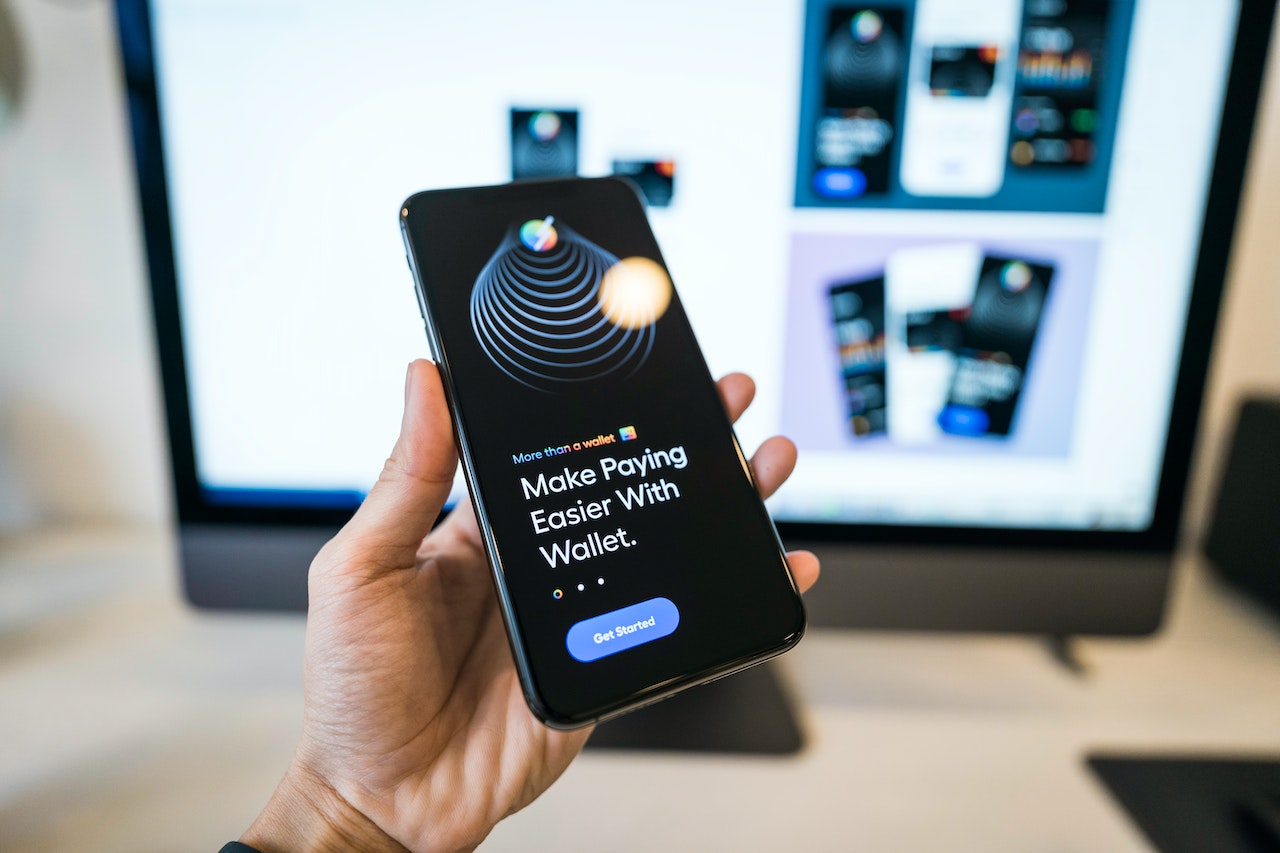
In the age of digitalization and the increasing reliance on smartphones, payment appshave emerged as convenient tools for managing our financial transactions.
These apps offer a seamless and user-friendly experience, allowing us to send and receive money with just a few taps on our screens.
With their easy accessibility and enticing features, payment apps have become an integral part of our daily lives, transforming the way we handle our finances.
However, as we embrace these convenient tools, it is crucial to understand that payment apps, despite their convenience, should not be treated as banks.
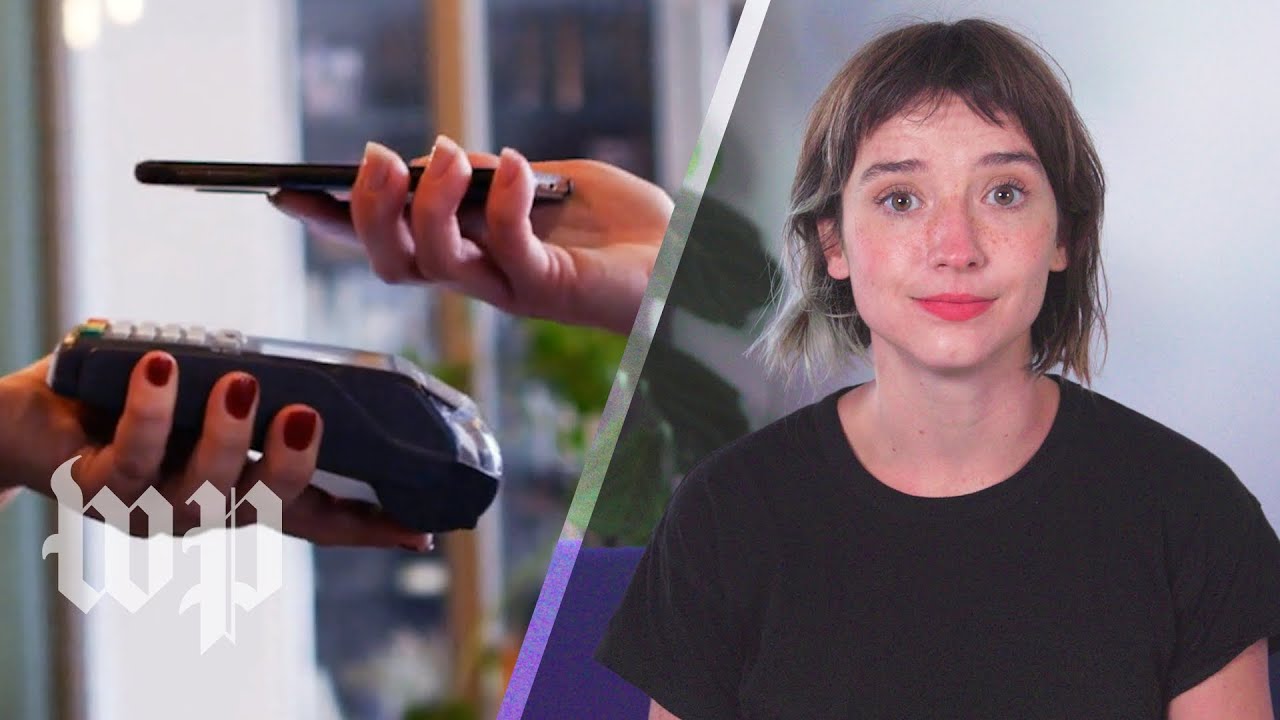
Payment apps are a convenient way to pay for things. But they each come at a cost
What Are Payment Apps?
Payment apps are applications that enable individuals to make electronic transactions and transfer money using their smartphones or other mobile devices.
They are also known as mobile payment apps or digital wallets.
Regarding the popularity of payments, based on the latest statistics, a June 2023 article published by Techjury.net says:
“„The top 10 mobile payment apps have 3.37 billion users combined. Payment users in the U.S. will surpass 100 million this year [2023].- Aditya Rayaprolu for TechJury
These apps provide a convenient and secure way to pay for goods and services, send money to others, and manage personal finances.
The table below shows the approximate number of people in the U.S. who used payment apps from 2020 to 2022 as well as the projected number of users from 2023 to 2025, per Insider Intelligence/eMarketer:
| Year | Number of Users in the U.S. |
| 2020 | 92.3 million |
| 2021 | 101.2 million |
| 2022 | 108.6 million |
| 2023 | projected to reach 114.8 million |
| 2024 | projected to reach 120.2 million |
| 2025 | projected to reach 125.0 million |
How Do Payment Apps Work?
Here’s a general overview of how payment apps work:
a. Setup
To begin using a payment app, users typically need to download and install the app on their mobile device from an app store.
After installation, they need to create an account by providing their:
- personal information (e.g., name and email address)
- financial details (e.g., credit/debit card information or bank account details)
b. Linking Accounts
Once the account is created, users can link their bank accounts or credit/debit cardsto the payment app.
This linking process usually involves verifying the ownership of the account or card through a verification process, such as:
- providing account numbers
- confirming small transaction amounts
c. Loading Funds
Users can add funds to their payment app by:
- transferring money from their linked bank accounts
- receiving payments from others through the app
d. Making Payments
- scanning QR codes
- tapping their phones on contactless payment terminals (using near-field communication or NFC)
- entering the recipient’s phone number or unique identifier associated with their payment app account
e. Peer-to-Peer Transfers
Payment apps are often capable of this, allowing users to send money directly to anyone who also uses the same payment app.
The transfer is usually instant and can be done by selecting the recipient’s contact from the app or entering their phone number or email address.
f. Transaction History and Management
Payment apps often provide transaction history, allowing users to review their past payments and transfers.
Some apps also offer additional features like:
- bill splitting
- budgeting tools
- expense tracking
- integration with other financial services
Note that the specific functionalities and features of payment apps may vary depending on the app and the region/country in which it operates.
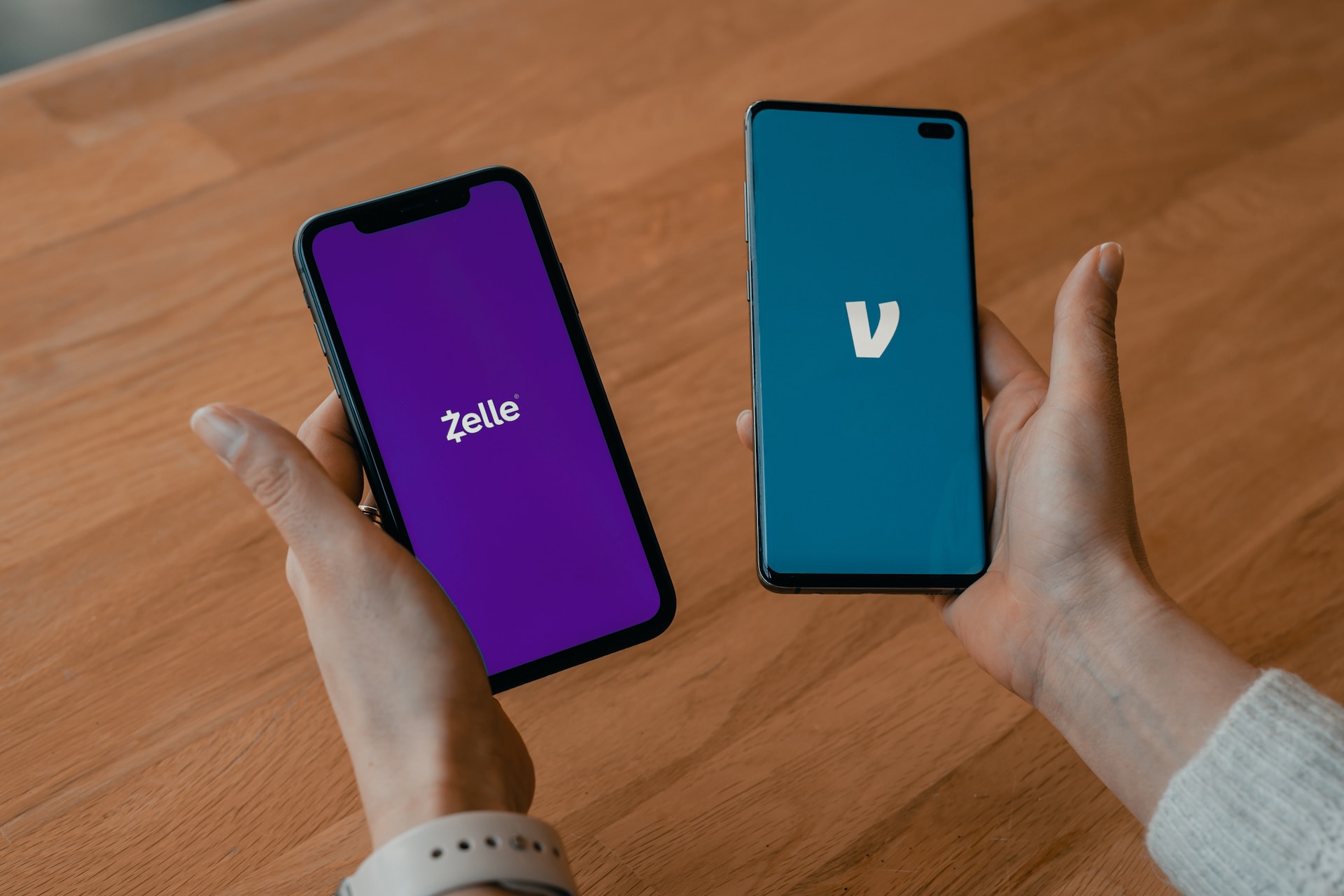
List Of Payment Apps
Payment apps are increasingly becoming popular for individuals and businesses alike as they combine the following to streamline financial transactions:
- convenience
- speed
- security
- additional features
Based on reviews conducted by CNBC Select, as published by CNBC (in an article updated June 2023), here are five of the best payment apps:
| Payment App | Verdict |
| CashApp | “Best for Budding Investors” |
| PayPal | “Best for Flexible Payments” |
| Remitly | “Best for Sending Money Internationally” |
| Venmo | “Best between Friends” |
| Zelle | “Best for Bank-To-Bank Transfers” |
For the same reasons, Investopedia also recommends PayPal (“Best for Ease of Use and Convenience”) and Venmo (“Best Peer-to-Peer App”).
The said financial website likewise included in its own lists of the best payment apps for 2023 these three:
- FreshBooks (“Best for Invoicing”)
- Stripe (“Best for Freelancers”)
- Wise (“Best for International Payments”)
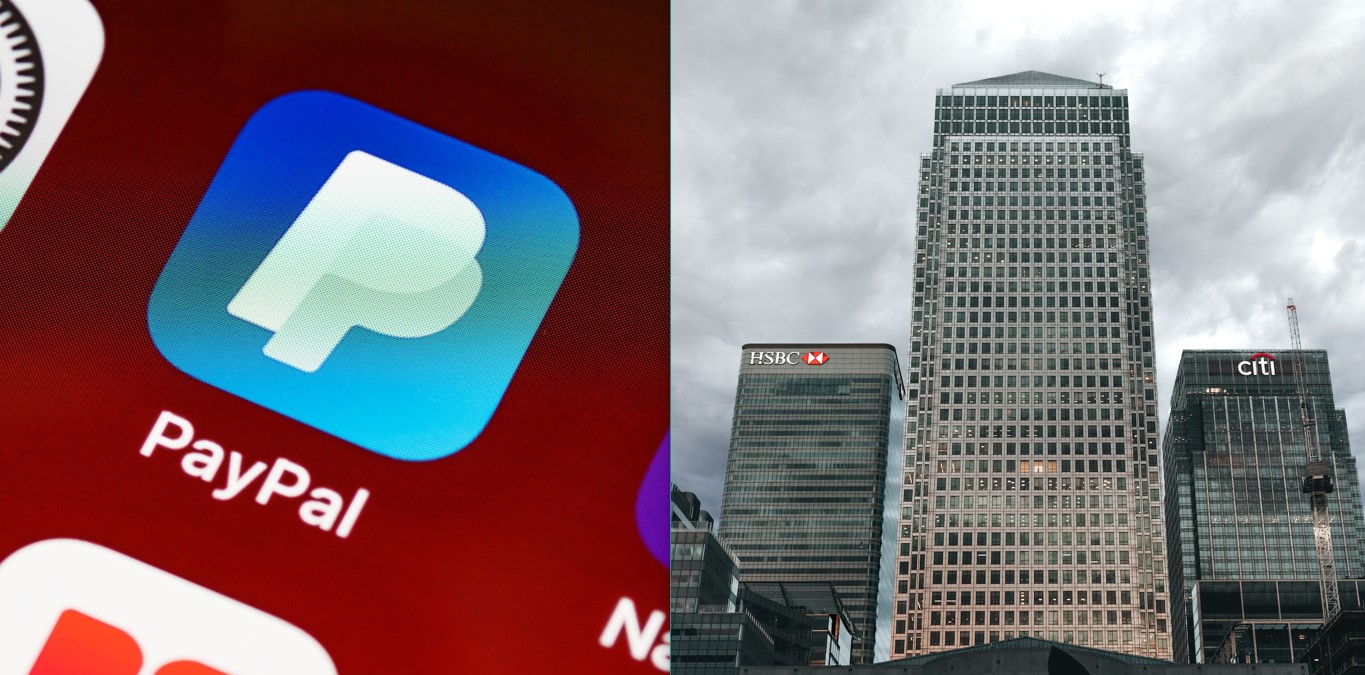
Payment Apps And Banks
While payment apps may seem like a one-stop solution for all our financial needs, it is essential to recognize the significant differences between them and traditional banking institutions.
Payment apps are primarily designed to facilitate quick and convenient transactions, often in collaboration with traditional banks.
Still, they lack many of the fundamental services provided by banks, such as:
- lending
- savings accounts
- other financial products
Treating payment apps as substitutes for banks can lead to potential risks and challenges that users need to be aware of.
First Concern: One of the key aspects that differentiate payment apps from banks is the level of regulation and oversight.
Banks are subject to strict regulations and undergo extensive scrutiny to ensure the security and stability of the financial system.
On the other hand, payment apps operate under different regulatory frameworks, which may not offer the same level of protection for users’ funds.
In the event of a security breach or fraud, the recourse available to users of payment apps may be limited compared to the robust consumer protections offered by banks.
Second Concern:Another crucial factor to consider is the absence of deposit insurance for payment apps.
Banks typically provide deposit insurance that safeguards customers’ deposits up to a certain amount, offering a safety net in case of bank failures or financial crises.
Payment apps, however, do not provide the same level of deposit insurance coverage, leaving users potentially vulnerable in the event of unforeseen circumstances.
Third Concern:Payment apps often rely on third-party services for various functionalities (e.g., transaction processing and fund transfers).
While these partnerships enable seamless transactions, they also introduce additional layers of complexity and potential security vulnerabilities.
Any vulnerabilities in these third-party services could expose users to risks like data breaches or unauthorized access to personal and financial information.
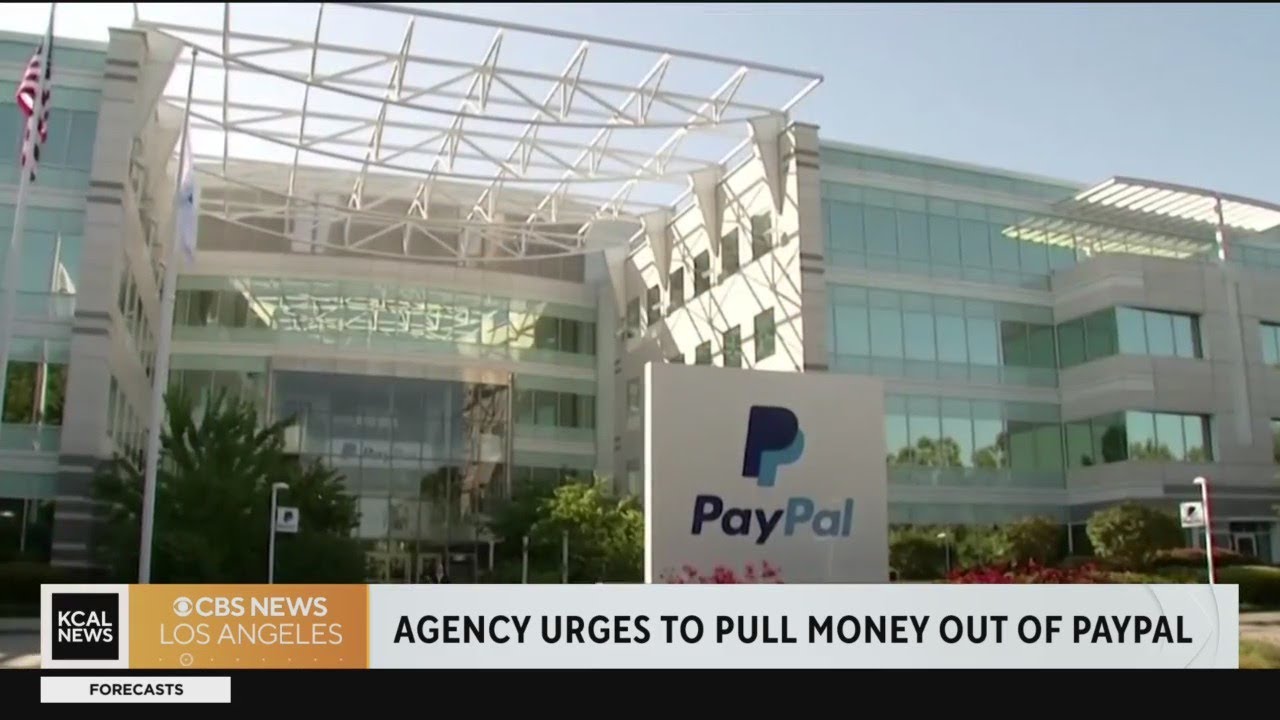
Agency warns consumers not to hold their money in payment apps
Are Payment Apps Safe?
Payment apps employ various security measures to protect user data and financial transactions.
These measures may include:
| Type of Security Measure | Brief Description |
| encryption | converting sensitive information (e.g., payment details) into an unreadable form |
| tokenization | replacing card numbers with unique tokens |
| biometric authentication | use of unique physiological or behavioral characteristics of an individual to verify their identity (e.g., fingerprint or facial recognition) |
| two-factor authentication | requiring a code or fingerprint in addition to a password |
Well, like banks, payment apps store money - and more and more people are now keeping their money in these digital wallets.
Recently, the U.S. Consumer Financial Protection Bureau (CFPB) wants the public to know that when it comes to protecting their money, banks do a better job than payment apps.
In an article published by the CFPB on June 1, 2023, its director, Rohit Chopra, said:
“„Popular digital payment apps are increasingly used as substitutes for a traditional bank or credit union account but lack the same protections to ensure that funds are safe.- CFPB Director Rohit Chopra
Federal deposit insurance, as provided by the U.S. Federal Deposit Insurance Corporation, safeguards people’s bank deposits.
CFPB reminds those with money stored in their payment app accounts that such money “often lack deposit insurance.”
That’s why Chopra, who was a former commissioner at the U.S. Federal Trade Commission, added:
“„As tech companies expand into banking and payments, the CFPB is sharpening its focus on those that sidestep the safeguards that local banks and credit unions have long adhered to.- CFPB Director Rohit Chopra
Identify Risks When Using Payment Apps
When using payment apps, there are several risks that you should be aware of.
While payment apps offer convenience and ease of use, it’s essential to understand and mitigate these potential risks:
1. Security Breaches
Payment apps store sensitive financial information (e.g., bank account details or credit card information).
Inadequate security measures could allow hackers to gain unauthorized access to your personal and financial data, leading to fraud or identity theft.
2. Phishing and Social Engineering
Attackers may use phishing techniques to trick users into revealing their login credentials or other personal information.
They deceive users into sharing sensitive information by:
- sending fraudulent emails and/or text messages
- make phone calls posing as legitimate payment app representatives
3. Device Security
If your mobile device is compromised by malware or unauthorized access, it can compromise the security of any payment apps installed on it.
Without your knowledge, malicious software may:
- intercept transaction data
- steal login credentials
- manipulate app behavior
4. Transaction Disputes
Payment apps facilitate peer-to-peer transactions, which can sometimes lead to disputes between buyers and sellers.
If a dispute arises, the resolution process may not be as robust or standardized as traditional financial institutions, leading to potential financial losses or conflicts.
5. Privacy Concerns
Payment apps typically collect user data (e.g., transaction history and personal information) to provide personalized services and targeted advertisements.
It’s important to review and understand the privacy policies of payment apps to ensure your data is handled responsibly.
6. Technical Issues
Payment apps rely on stable network connections and proper functioning of the underlying technology.
However, these issues may disrupt the payment process, leading to failed transactions or delays:
- technical glitches
- server outages
- compatibility
Most Secure Payment App
In a statement, the U.S. Financial Technology Association (FTA), as reported by CNN Business, assured that payment app accounts are not only “transparent,” they are also “safe.”
In terms of having a two-factor authentication (2FA) and participating in a bug bounty program, Wirecutter by The New York Times considers these seven payment apps as secure:
| Apple Pay | Square Cash (Cash App) |
| Facebook Pay | Venmo |
| Google Pay | Zelle |
| PayPal Mobile Cash | -- |
By the way, a bug bounty program is an initiative offered by organizations to reward individuals who discover and report security vulnerabilities or bugs in their:
- software
- websites
- digital infrastructure
It is a proactive approach employed by companies to identify and fix potential weaknesses before malicious hackers can exploit them.
People Also Ask
How Do Payment Apps Make Money?
Payment apps make money through various revenue streams. Here are some common ways payment apps generate revenue:
| transaction fees | foreign exchange fees |
| subscription fees | partnerships and integrations |
| interchange fees | in-app advertising |
| peer-to-peer transaction fees | data monetization |
Which Country Has The Most Mobile Payments?
Based on data as of May 2022 by Insider Intelligence, it’s China.
Every day, 45 percent of adult people in China use mobile app payments. Another 41 percent of adults use them once a week.
In the U.S., a mere 6 percent of adults there use app payments daily.
| Country | Percentage of Daily Users |
| China | 45% |
| India | 35% |
| Brazil | 20% |
| Spain | 9% |
| Argentina | 8% |
| Japan | 8% |
| U.K. | 8% |
| Canada | 6% |
| Germany | 6% |
| U.S. | 6% |
Based on the data by New York-based global financial research firm Jupiter Research, as reported by Merchant Savvy, from 2020 to 2025, the market size of transactions made through payments apps in China and the Far East is almost $4 trillion.
By 2025, it is projected to reach $5.7 trillion (an estimated increase of 59 percent).
The Far East, by the way, refers to Eastern Asian countries, which include Japan and South Korea.
In Europe, by 2025, the estimated market size is $708 billion.
How Popular Is Google Pay?
According to an article published by Business.com in May 2023, Google Pay has approximately 25 million users (compared to Apple Pay’s 43.9 million users).
From 2020 to 2025, its projected growth is 40 percent.
For Android phone users, the said article describes Google Pay as “a good option” for them (in case they want to use payment apps).
Final Thoughts
Payment apps undoubtedly offer remarkable convenience and ease of use for managing day-to-day financial transactions.
However, it is crucial to recognize their limitations and not treat them as substitutes for traditional banks.
What can help users make informed decisions about how they use these apps and mitigate potential risks is by understanding the differences in:
- regulation
- deposit insurance
- security measures
To mitigate security risks, two commonly recommended practices are:
- use strong, unique passwords
- enable two-factor authentication
By maintaining a cautious approach and being mindful of the unique characteristics of payment apps, users can fully enjoy their benefits while keeping their financial well-being secure.

Gordon Dickerson
Author

Habiba Ashton
Reviewer
Latest Articles
Popular Articles
